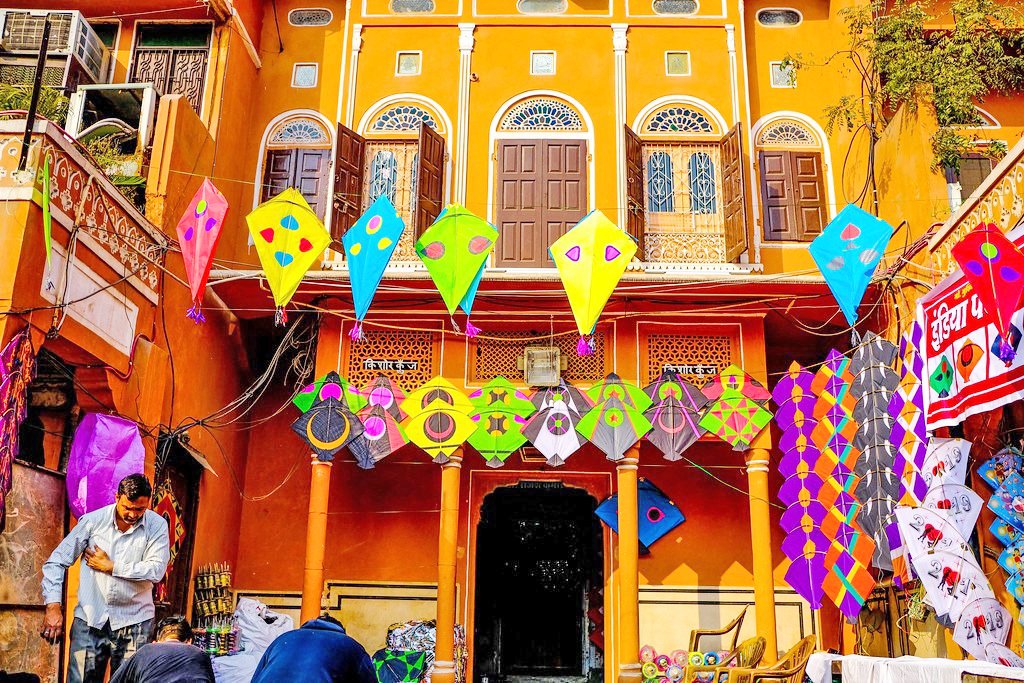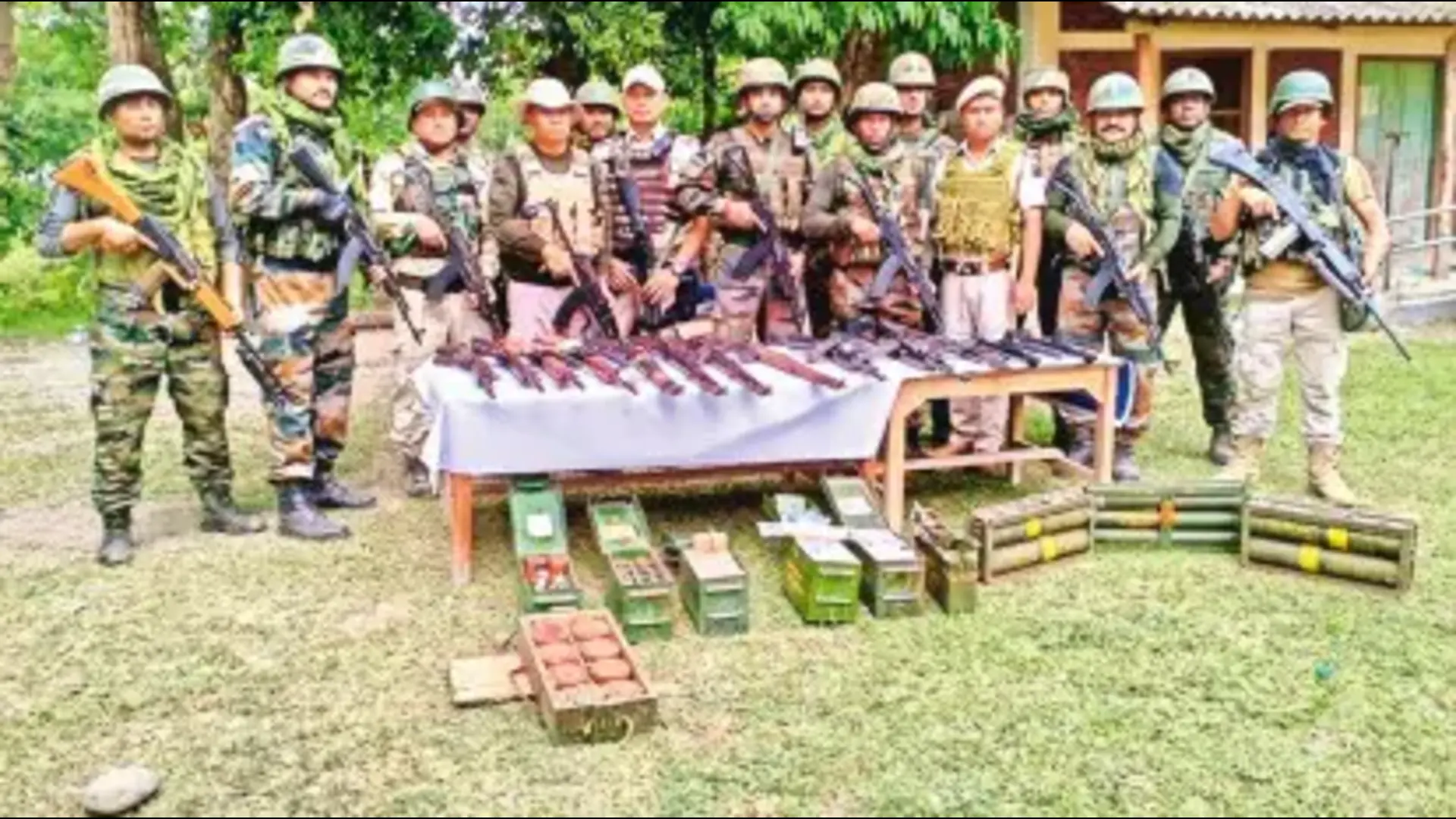
Introduction:
Makar Sankranti, the festival heralding the transition of the sun into the zodiac sign of Capricorn, holds a special place in the hearts of the people of Jaipur and Rajasthan. Beyond its religious significance, this festival is a vibrant spectacle that showcases the rich cultural tapestry of the region. In this feature article, we delve into the unique and enchanting celebrations of Makar Sankranti in Jaipur and across the expanse of Rajasthan, drawing attention to the tourism potential that this colorful festival brings to the state.
Historical and Cultural Significance:
Makar Sankranti is not merely a festival; it is a cultural phenomenon deeply rooted in the history and traditions of Rajasthan. Known by various names such as ‘Uttarayan’ or ‘Maghi,’ it marks the end of the winter solstice and the beginning of longer days. The festival is celebrated with fervor and zest, symbolizing the transition from darkness to light.
Jaipur, the Pink City, and the entire state of Rajasthan come alive during Makar Sankranti. The celebration is deeply ingrained in the cultural fabric, with a historical resonance that echoes through the centuries. Local legends and folk tales associated with the festival add a layer of mystique to the celebrations, making it an intriguing experience for both locals and tourists.
The Kite Festival Extravaganza:
One of the hallmark features of Makar Sankranti in Jaipur is the grand Kite Festival. The skies of Jaipur transform into a mesmerizing canvas of colors as kites of various shapes and sizes take flight, gracefully dancing to the rhythm of the wind. The ancient tradition of kite flying is elevated to an art form during this festival, with locals showcasing their skills in crafting unique kites and maneuvering them with precision.
Tourists flock to Jaipur to witness this spectacular visual feast. The vibrant kites against the backdrop of the majestic forts and palaces create a scene straight out of a fairy tale. The Pink City becomes a photographer’s paradise, with every nook and corner offering a picturesque frame capturing the essence of the celebration.
Traditional Attire and Cuisine:
Makar Sankranti is not just about kites; it is a sensory journey into the heart of Rajasthan’s rich heritage. The locals adorn themselves in traditional attire, adding a burst of color to the festivities. Women in vibrant ghagra-choli and men in colorful turbans create a kaleidoscope of hues that complements the colorful kites adorning the sky.
The celebration is incomplete without savoring the delectable traditional dishes that are an integral part of Makar Sankranti. Specialties like til ke laddoo, gajak, and sesame seeds-based dishes are prepared with love and shared with neighbors and visitors alike. Tourists have the opportunity to not only witness but also partake in the gastronomic delights that define the festival.
Heritage Tourism: Exploring the Forts and Palaces:
While the Kite Festival is the main attraction during Makar Sankranti, tourists have the chance to explore the rich heritage of Jaipur and Rajasthan. The city’s iconic forts and palaces, such as the Amber Fort, City Palace, and Hawa Mahal, provide a captivating backdrop to the festivities. Heritage walks, guided tours, and cultural programs are organized to give tourists a deeper understanding of the historical significance of the region.
Beyond Jaipur, the festival also serves as a gateway for tourists to explore other gems of Rajasthan, including Udaipur, Jodhpur, and Jaisalmer. The majestic architecture, vibrant markets, and warm hospitality of the locals make it a holistic cultural experience for those seeking to immerse themselves in the heritage of Rajasthan.
Community Engagement and Local Crafts:
Makar Sankranti is not just a tourist spectacle; it is a celebration that fosters community engagement. The locals take pride in showcasing their cultural heritage, inviting tourists to participate in the festivities. Visitors can engage in kite-flying competitions, try their hand at traditional crafts, and witness local artisans at work.
Rajasthan’s traditional crafts, such as block printing, pottery, and tie-dye, take center stage during Makar Sankranti. Tourists can explore vibrant bazaars and markets, discovering unique handmade artifacts that serve as souvenirs and mementos of their visit.
Environmental Awareness and Sustainable Celebrations:
In recent years, there has been a growing emphasis on promoting environmentally sustainable celebrations during Makar Sankranti. Awareness campaigns are conducted to discourage the use of plastic in kite-making and to encourage eco-friendly alternatives. Additionally, initiatives are taken to ensure the responsible disposal of kite strings to prevent harm to birds and the environment. The
Tourists who prioritize sustainable tourism can actively participate in these initiatives, contributing to the preservation of the natural beauty that makes Rajasthan a unique destination.
Conclusion:
Makar Sankranti in Jaipur and Rajasthan is a celebration that transcends religious boundaries, bringing together people from all walks of life. The festival’s unique blend of tradition, culture, and exuberance makes it a must-visit for tourists seeking an authentic experience in the heart of India. From the enchanting Kite Festival to the exploration of historic forts and engagement in local crafts, Makar Sankranti offers a kaleidoscopic journey that leaves an indelible mark on every visitor. As tourism continues to play a pivotal role in Rajasthan’s economy, the celebration of Makar Sankranti emerges not only as a cultural treasure but also as a tourism magnet that showcases the splendor of the region.















